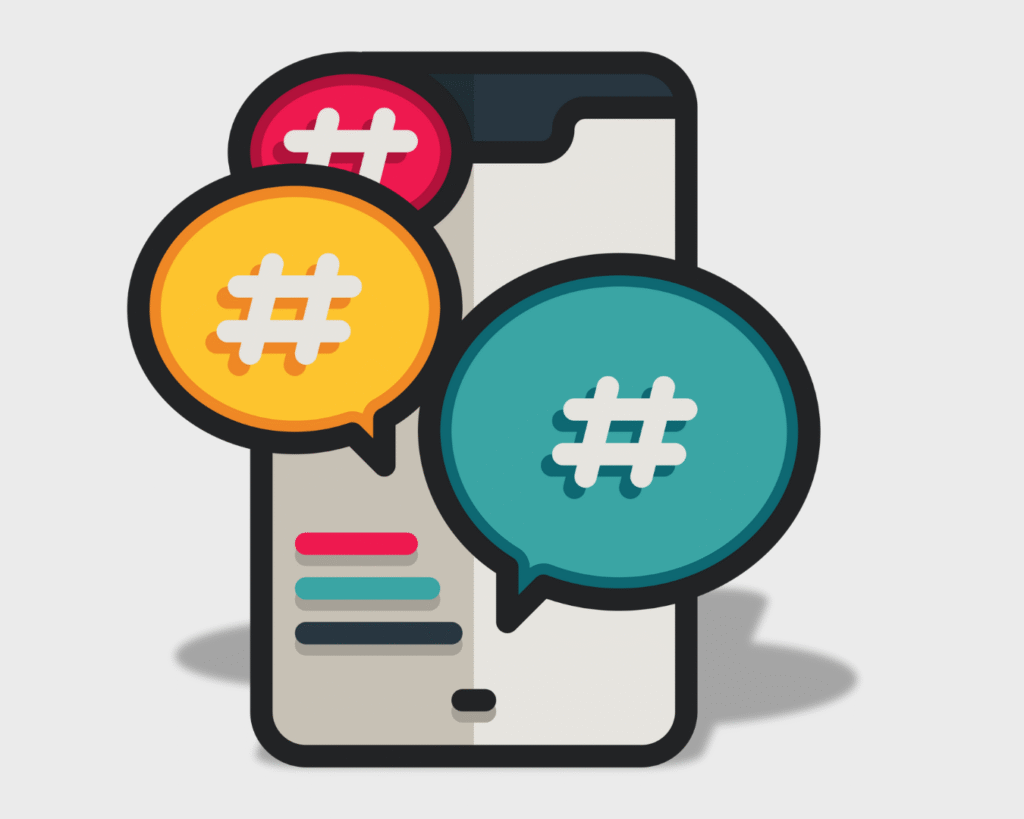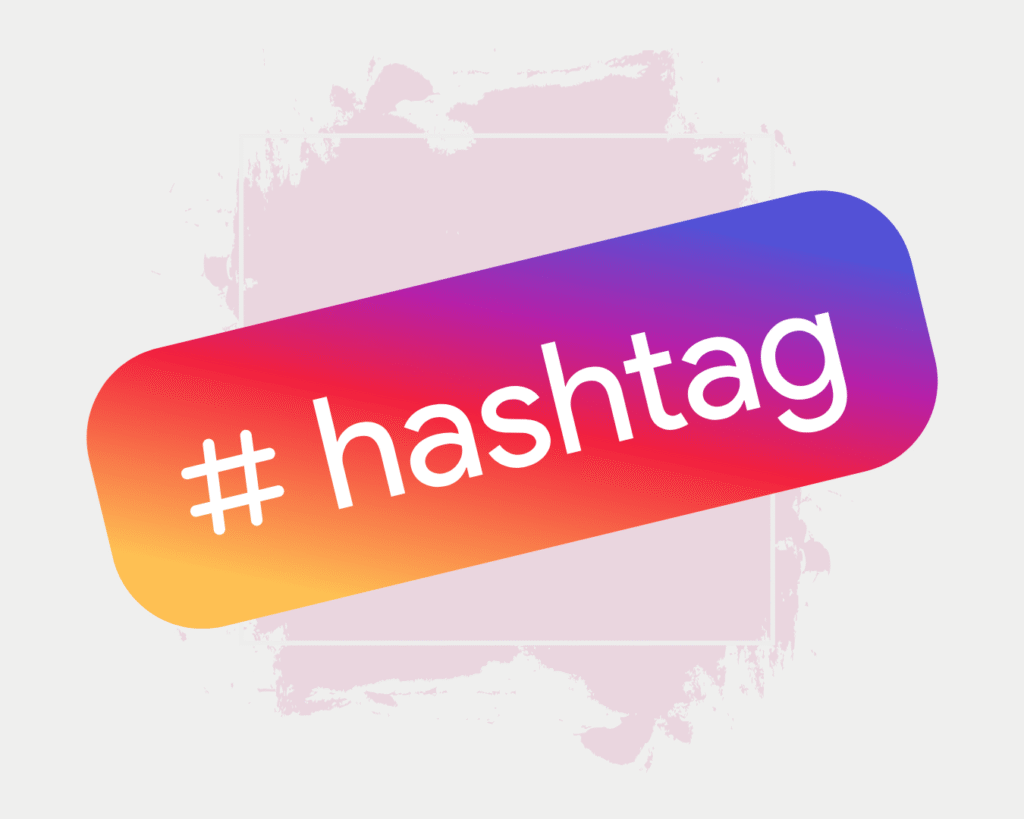How Does Choosing the Right Hashtag Increase Reach?
Not all hashtags are created equal. The right hashtag selection can make the difference between a post that fades away and one that goes viral 🚀.
Here’s how choosing wisely increases reach:
-
Relevance matters: A fashion blogger using #OOTD (Outfit of the Day) will reach more engaged viewers than using #Random.
-
Balance popularity and niche: Overly popular tags like #Love (used billions of times) may bury your content. Instead, mix trending tags with niche-specific ones like #StreetStyleNYC.
-
Audience targeting: Right hashtags ensure your content lands in front of users who are genuinely interested in your topic.
💡 Pro Tip: Use 2–3 highly popular hashtags, 5–7 niche ones, and a couple of branded hashtags for maximum exposure.
Methods to Increase Visibility with Trending Hashtags
Trending hashtags are goldmines if used correctly. They give your content a chance to ride the wave of current conversations 🌊.
How to leverage them:
-
Monitor platform trends: Twitter’s “Trending” section and TikTok’s “For You Page” highlight hot hashtags.
-
Use tools: Platforms like Hashtagify or Trendsmap show real-time trending hashtags.
-
Act quickly: Trends don’t last forever. Early adoption increases visibility.
-
Stay relevant: Only use trending hashtags that align with your content. Jumping on irrelevant trends may harm credibility.
Example: If #EarthDay is trending, brands in lifestyle, travel, or sustainability can post eco-friendly tips to increase visibility 🌱.
Using Special Hashtags for Brand and Personal Accounts
In addition to trending and niche hashtags, specialized hashtags can strengthen brand identity.
-
Branded hashtags: Custom hashtags unique to your brand. Example: Coca-Cola’s #ShareACoke.
-
Campaign hashtags: Temporary hashtags for promotions or events. Example: #BlackFridayDeals.
-
Community hashtags: Hashtags that bring like-minded individuals together, like #WomenInBusiness.
-
Personal hashtags: Creators can create unique tags like #JohnTravels or #FitWithEmma to organize content.
📌 Tip: Encourage followers to use your branded hashtag. This creates user-generated content, expands reach, and builds stronger brand loyalty.
How Does Hashtag Count and Placement Affect Content Performance?
Believe it or not, the number and placement of hashtags can significantly influence performance.
-
Instagram: Up to 30 hashtags allowed, but studies suggest 9–11 is optimal.
-
Twitter (X): Best to use 1–2 hashtags per tweet.
-
TikTok: 3–5 focused hashtags work best.
-
LinkedIn: Stick with 3–5 professional hashtags.
Placement tips:
-
In captions: Natural integration improves readability.
-
In comments: Keeps captions clean but still boosts discoverability.
-
In stories/reels: Hashtags can be hidden behind stickers or resized to remain discreet.
⚠️ Overloading posts with irrelevant hashtags can look spammy and hurt engagement. Balance is key.
Tools and Analysis Methods for Measuring Hashtag Performance
Measuring hashtag performance ensures you’re not just posting blindly 🎯. Here are some reliable methods:
Metrics to monitor:
-
Engagement rate (likes, comments, shares).
-
Follower growth during hashtag campaigns.
-
Reach and impressions.
By analyzing results, you can double down on effective hashtags and drop the underperforming ones.







